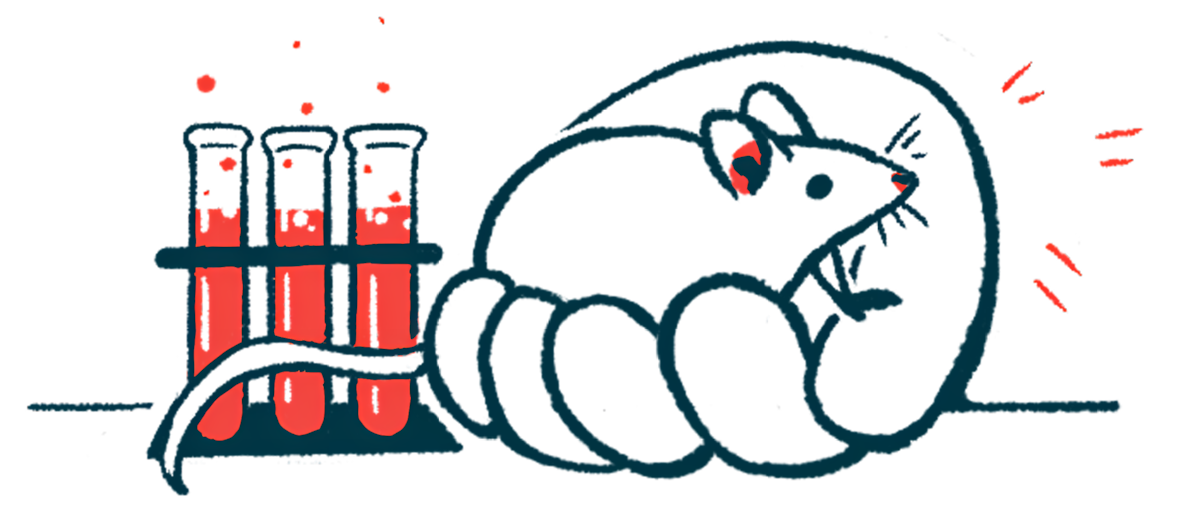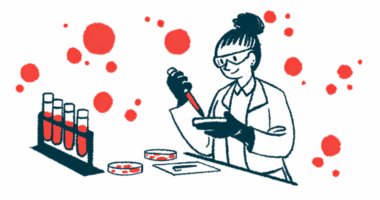Treg-boosting therapy prevents inhibitors in hem A mouse model
Researchers say 'innovative' approach has relevance for therapies

A therapy designed to promote the growth of regulatory T-cells (Tregs) in the body prevented inhibitor development in a mouse model of hemophilia A that was treated with factor replacement therapy, a study showed.
Inhibitors, a type of neutralizing antibody some patients develop that can make replacement therapies less effective, are a major barrier to effective hemophilia treatment.
“Our work showcases an innovative and effective approach to prevent inhibitor development in the context of [hemophilia A], which promises to have therapeutic relevance in a variety of protein replacement therapies and in autoimmune conditions,” the researchers wrote.
The study, “An engineered Treg selective immunocytokine induces sustained immune modulation in a preclinical model of hemophilia A,” was published in the Journal of Thrombosis and Haemostasis.
Excessive or spontaneous bleeding episodes arise in hemophilia A as a result of mutations in the F8 gene that lead to a deficiency in factor VIII (FVIII), a blood clotting protein.
Stopping inhibitors
Factor replacement therapy is a standard treatment that involves supplying patients with a version of FVIII via regular infusions into the bloodstream to restore blood clotting. But some people on these treatments develop inhibitors against the delivered clotting factor that can render it less effective.
“A targeted, noninvasive strategy to prevent inhibitor formation is highly desirable but not yet clinically available,” the researchers wrote.
It isn’t known exactly how inhibitors develop, but the process is thought to involve antibody-producing immune B-cells and certain T-cells that help them. Tregs can control the activity of these other immune cells, so strategies to boost their activity could be a promising way to suppress the process through which inhibitors are made.
While some studies have looked at cell therapies to deliver engineered Tregs to the body, this is a complex and costly approach.
Another strategy is to stimulate the body’s own production of Tregs. One way of doing this is through a signaling molecule called interleukin-2 (IL-2), which promotes Treg development and survival by binding to IL-2 receptors on their surface. However, this approach is limited by the fact that IL-2 is also involved in the development of other immune cell types, including some T-cells.
The researchers tested a therapeutic strategy designed to preferentially allow IL-2 to engage with Tregs, but not other immune cell types. It leverages the fact that the IL-2 receptors found mostly on Tregs are structurally different from the ones more often found on other immune cells.
Called F5111 immunocytokine (IC), the treatment links IL-2 to an antibody that would prevent it from binding to the type of IL-2 receptors on immune cell types other than Tregs. This should essentially bias IL-2 to specifically promote the growth and survival of the desired cells.
In a mouse model of hemophilia A, two doses of F5111 IC infused into the bloodstream three days apart worked as intended to increase Treg levels, but not other immune cells it was designed to avoid. Evidence also suggested it might promote the conversion of other T-cell types into Tregs.
The effects of the therapy were temporary, with Treg levels returning to normal after about 12 days.
Scientists then tested whether F5111 IC could suppress inhibitor development in the mouse model. The mice received the same F5111 IC dosing regimen, followed by weekly administration of the replacement therapy Xyntha (moroctocog alfa) for four months.
The treatment again led to marked increases in Treg levels and completely prevented inhibitor formation for up to four months, even after Treg levels had returned to normal.
These benefits of F5111 IC were not as profound when an IL-2 therapy that was not specifically targeted to Tregs was administered instead.
“Overall, this study presents a novel and effective strategy for preventing inhibitory antibodies that hinder the effectiveness of FVIII replacement therapy in hemophilia A,” the researchers wrote.
The researchers noted that F5111 IC hasn’t appeared in previous studies to increase the risk of serious infections, which can be a challenge with immune-suppressing medications. They also pointed out that the treatment has the benefit of being less costly and doesn’t require the expertise that would be needed to manufacture Tregs in the lab.
“This is critical for improving the cost and burden of treatment for patients who develop inhibitors,” they wrote.
The treatment could also have benefits in other conditions in which antidrug antibodies are a problem, including in people with hemophilia B.







